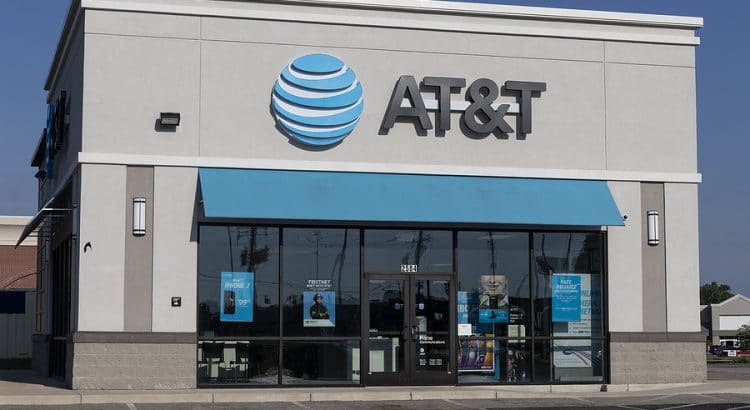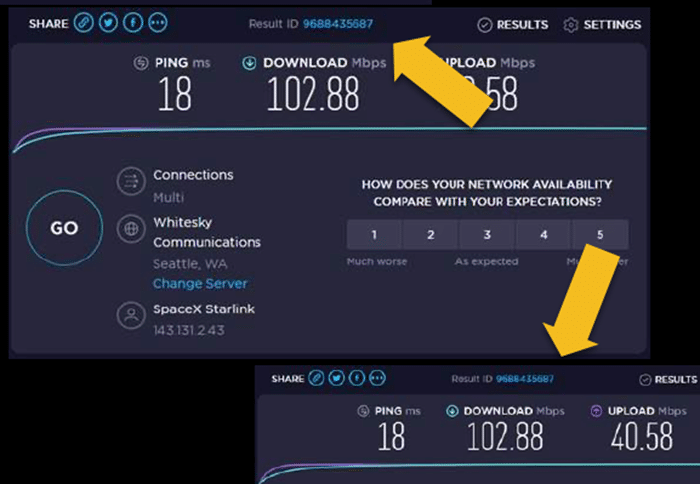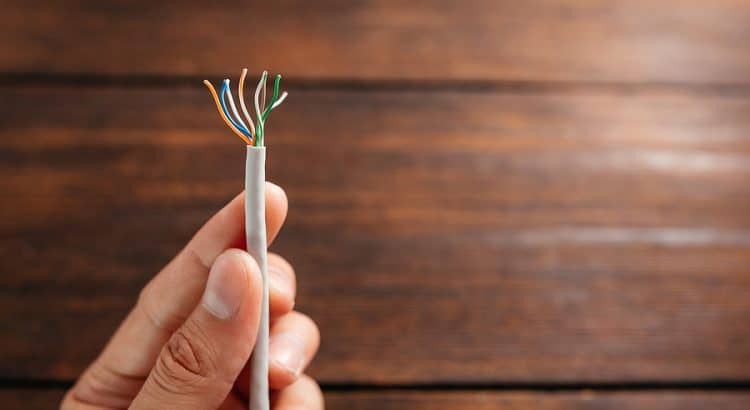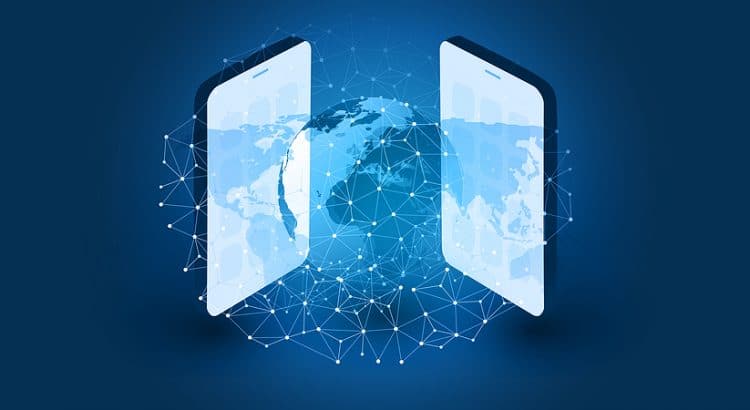Earlier this week, AT&T launched Unlimited Your Way. Customers on multi-line plans can now mix and match between AT&T’s primary plans. For example, a family with three lines can put one phone on AT&T’s Unlimited Starter plan, another phone on the Unlimited Extra plan, and a final phone on the Unlimited Elite plan. Before the program launched, AT&T required all lines on a multi-line account to use the same plan.
Pricing
It doesn’t look like AT&T has changed prices for accounts with 4 or fewer lines. AT&T has added a 5-line price to its website.1 The table below shows AT&T’s per-line pricing before taxes and fees and after a discount for enrolling in paperless billing and automatic payments.
| Lines | Unlimited Elite | Unlimited Extra | Unlimited Starter |
|---|---|---|---|
| 1 | $85 | $75 | $65 |
| 2 | $75 | $65 | $60 |
| 3 | $60 | $50 | $45 |
| 4 | $50 | $40 | $35 |
| 5 | $45 | $35 | $30 |
Reflections
Verizon has allowed customers to mix and match between its primary plans for years now. I’m glad to see AT&T copying Verizon’s policy. Since prices aren’t changing, I think the new program will be good for consumers.













